Isn’t it wonderful when you discover a creative process that just feels right? On their latest record, WHAT IT COST, Wisconsin’s Foreign Fields—a duo made up of Brian Holl and Eric Hillman—fell into that sweet spot. They’ve been making intimate indie folk music for over a decade, but their precious acoustics have never sounded so glistening as on this new endeavor.
WHAT IT COST marks a new chapter in the duo’s musical journey and lives. Specifically, it’s not as rigid as their three previous albums, which they’ve now segmented as a trilogy encompassing a period of finding answers to life’s many big questions. Now having found assuring answers and much of their footing years later, they’ve sought inspiration in other ways: bringing more friends into their recording process, not worrying about striving for perfection, and dismissing what a Foreign Fields album is supposed to sound like. The result is another touching indie folk collection, but one with many varying tonal peaks and troughs previously unseen in their work. By freeing themselves from any expectations, Holl and Hillman have given us the most authentic glimpse of what they’re about.
Over email, I spoke to Hillman about the new record and particularly wanted to know about the duo’s newfound sense of looseness. He touched on moving away from ordinary recording practices, WHAT IT COST’s collaborative nature, and how insightful it was to write an album flexibly with little planning.
Firstly, I want to ask about the conscious effort to break free from the “usual” Foreign Fields recording process. It seems that by working more loosely on WHAT IT COST, there was a stronger sense of collaboration present compared to your past records. In what ways did that emerge? What did you do on this new record that was different to your previous ones?
Eric Hillman: From the very beginning, we knew we wanted to approach this record differently. To be honest, every album we have done has come through different circumstances and situations. No two records were recorded in the same way, but with that said, this was our largest departure to date. The idea to incorporate more of a band focus, bringing in good friends to collaborate in the process, was one born out of the desire to make music more fun for us. Just purely for the sake of having fun. I also think that years of pandemic sort of shifted everyone’s mindsets a bit towards a more collaborative atmosphere. We all wanted to hang out, be with people we loved and trusted, and let the chips fall where they may.
A prominent notion surrounding WHAT IT COST is you two not being overly precious about your work, as in meticulously perfecting every minute detail. It’s natural for any artist to want to put out their best work and incessantly strive for perfection, but it can be liberating to step away from that. Was it rewarding to diverge from that precision? Did it take some time to get used to?
EH: Oh absolutely, very liberating, and yes, also took some getting used to. I am a notoriously details-oriented artist, sometimes to the detriment of my own work. Over the years I feel like producing other artists has actually given me more insight into not over-producing myself. This has led us towards a more time-period-focused style. We really attach ourselves to the idea of making something in a moment and letting that moment live, even if it’s not the most “perfect.” I think that when you are young, you want every piece of music you make to be the best you’ve ever done, but that’s simply not possible if you want to spend your life as an artist. Working with other artists certainly forces the issue. You have to move with the tides.
I find it very interesting that you categorize your last three records as a trilogy and WHAT IT COST marks a new chapter. I’d love to hear more about this segmentation—what makes the new record stand out from the rest of your discography as a bookend? What questions were you exploring on those older records that you’ve now found answers to? On top of that, what does the future of the Foreign Fields project look like given this marked distinction?
EH: Our first three albums cover a span of about 10 years of our lives. From our early 20s to our early 30s. When we made our first record there were a lot of questions we were asking (“Who am I?,” “Who do I want to be?,” “What is any of this about?”), and I think the journey we took through the years of TAKE COVER eventually led us to our third album, THE BEAUTY OF SURVIVAL, which is almost a direct answer to the questions that plagued our younger selves. Once we had answered those questions, we knew that was the end of a journey for us, that we needed to find a new path for future releases. At this point I think we find ourselves on a looser path and there are more questions popping up. I think you can expect a lot more experimentation from us in the future. Exploring different directions to try and broaden the scope of our musical language and output.
You two have implied that the tracklist is almost structured in a scattershot way, where slower songs are followed by faster ones, and vice versa. However, it genuinely plays through quite cohesively—love is a recurring theme, even if the mood continually shifts. Were you surprised that, perhaps when writing songs without a broader vision in mind, that WHAT IT COST possesses this consistent musical and lyrical through-line?
EH: I think the more scattershot nature comes from the more free and open process we went through to make the record. Even though there were lyrical themes happening, we tried not to get too conceptual with the music. We just tried to let every song stay true to what it needed. Overall, I’m honestly surprised with how cohesive it feels in the end.
Many of the songs in the first half have such blissful and gorgeous layering to them, particularly “A Little Longer,” “Glowworm,” and “Clean Air.” Personally, I find that they’re some of the livelist songs in your discography! Was this brighter, expansive, and more propulsive sound and production a result of your new creative, collaborative energy? Did working with prolific sound engineer Brian Joseph (Bon Iver and Sufjan Stevens) have any influence here?
EH: I think there are a lot of things at play here. First and foremost is the presence of our musical collaborators on this record, Nate Babbs (drums) and Nick Morawiecki (guitar). Having a full band in the studio changes a lot and allows you to make so much more sound in a short amount of time. This has resulted in some of our liveliest songs we’ve ever done, for sure. The process of working with Brian Joseph in his studio in Eau Claire was also a huge boost towards crafting the sound of this record. Personally, I find myself very comfortable with electronic or cinematic landscapes, but recording a more full band sound is a big weak point for me. Having Brian Joseph to help guide our way in that regard was invaluable!
There’s a quote in the press release from Brian that stands out to me: “We hadn’t written about the people in our lives in a while. Previously, everything had been quite conceptual, and we felt like we knew what every little thing was about going into the record. With this one, from the get-go, we intended to break that apart.” Am I right in thinking that you went into writing WHAT IT COST with no strict plan in mind, but rather seeing where the process could take you two? If so, what did you get out of that? If that’s not the case, I’d love to hear where you were coming from with this point, because it does hint at substantial artistic growth.
EH: I think we found out somewhere in the middle of the process what this record was all about. I remember specifically a call to Brian one night just saying, “Hey, I think all my songs I’m writing are about this one general idea,” and he felt the same. From that point, we knew generally what we were framing in our minds. At this point in our lives of making music together, Brian and I have such an understanding of each other that really allows us to be more fluid and flexible with each other. We know that when we both have a general idea about things that’s enough now. We don’t need to labor the details. So much is expressed between us without having to be said.
Lastly, I’d love to know how the record’s visual direction ties into its ideas of friendship, collaboration, and connectedness. The design aesthetic across the singles and cover artwork evokes a gentle and delicate feeling. Even the video for “A Little Longer” features charming cinematography of the entire band in the same room, happily performing the song as friends. How do all of those elements speak to the album and yourselves?
EH: Brian does all of our design, always has, and I really love what he came up with for this album. There is a simplicity to his design that always shines through and I feel like he can say so much with so little. In Brian’s own words here:
“So the five dots are representing our immediate families, as a lot of this album has to do with them. I wanted to put something in there that felt untethered to the space, so that’s what the red line is for. We really kind of ‘broke out’ of our traditional model of creating/recording/producing for this one (bringing in more people, earlier on) and I wanted to represent that visually. And the framing is something that we’ve chosen to do for all four of our albums now.”
As for our video language, we wanted to again stay true to the process, the sound, and the general idea. Like opening up an old vinyl LP from the ‘70s. Just a few musicians in a room hashing it out. Nothing too precious or composed. Presenting ourselves in the most live way possible.
You can check out WHAT IT COST on Bandcamp, and follow Foreign Fields for updates over on Instagram
Cover photo by Mitch Buss




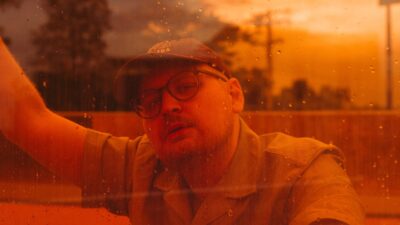


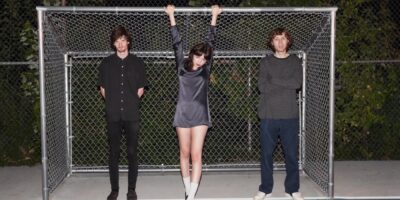


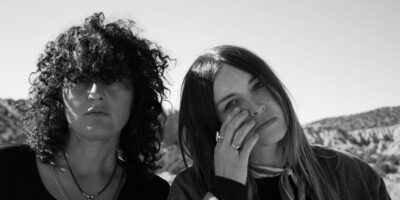

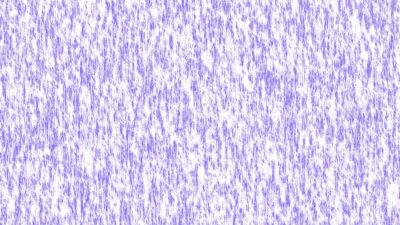
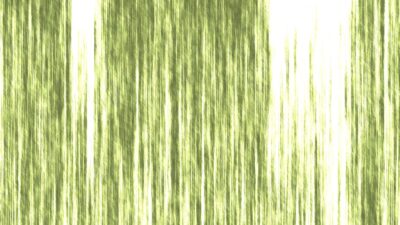


Comments